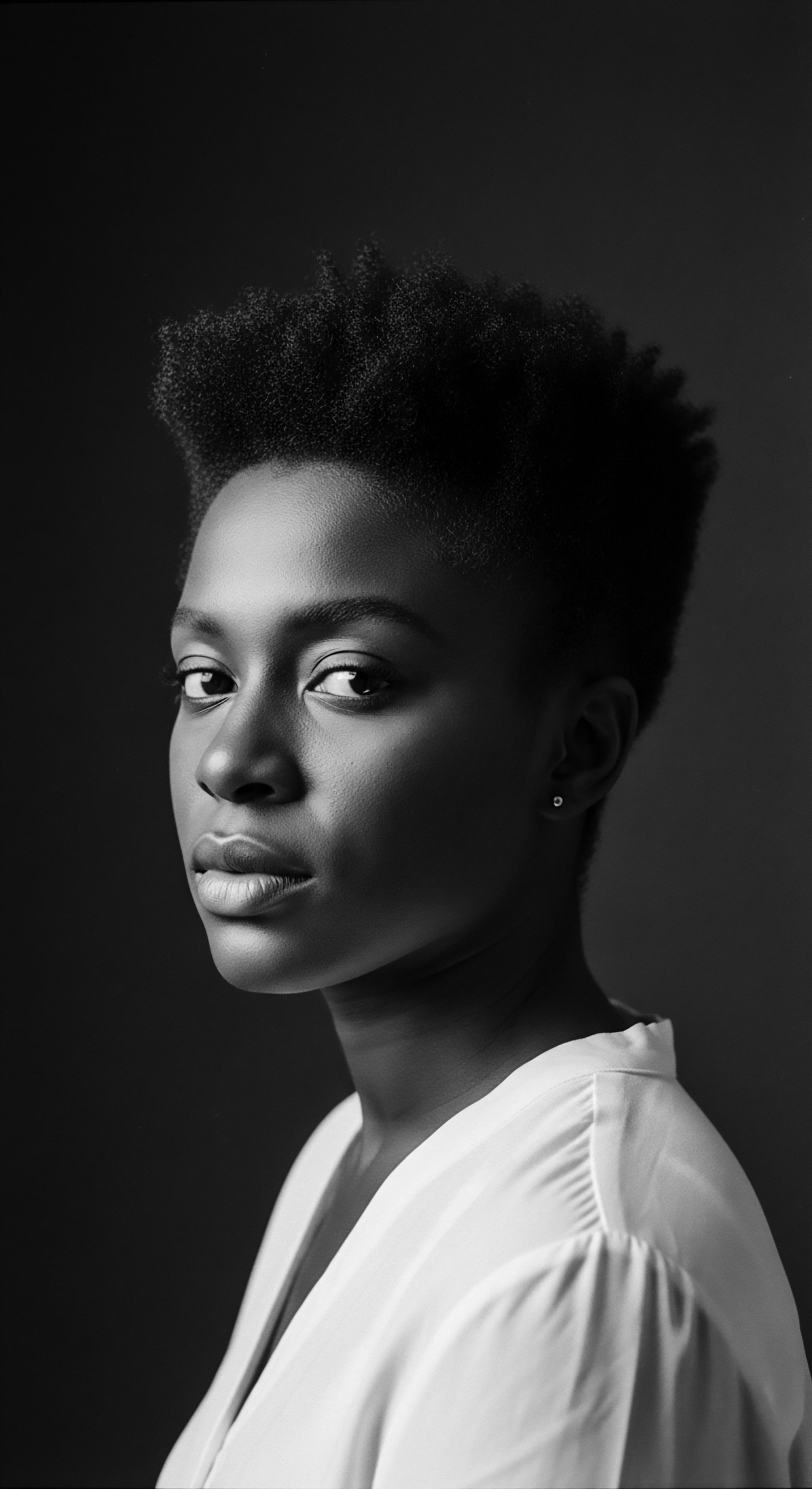
Fundamentals
The concept of Textured Hair Strength, at its foundational level, reaches far beyond a simple measurement of physical resilience against breakage. For Roothea, it speaks to the very soul of a strand, a deep-seated fortitude inherited across generations. This strength, particularly within Black and mixed-race hair, is not merely about surviving external pressures; it is an intrinsic quality, a testament to enduring vitality and cultural legacy.
From the earliest communal gatherings where hair was revered, its ability to maintain form, to accept adornment, and to resist the rigors of daily life in diverse climates was recognized as a profound attribute. This primal understanding of hair’s inherent power forms the bedrock of its meaning.
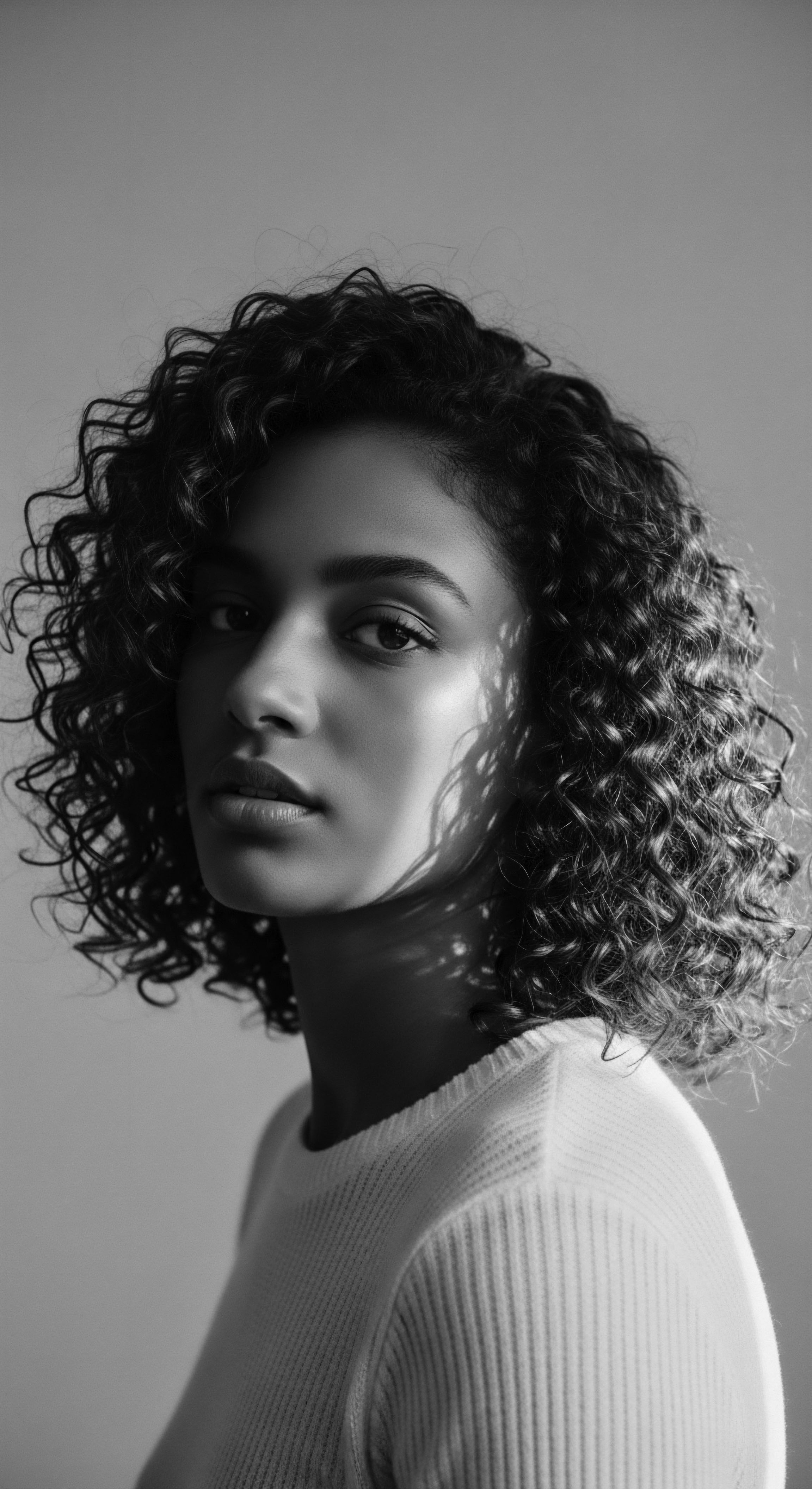
The Core of Hair’s Being ❉ Elemental Resilience
At its elemental core, hair, regardless of its coil pattern, possesses a remarkable capacity for structural integrity. For textured hair, this is manifested in its unique helical shape, which provides a natural spring and elasticity. This intricate biological architecture allows the strand to stretch and return, to twist and bend, without succumbing to immediate damage.
It is a biological design that speaks to inherent resilience, a natural defense against the environment. Understanding this foundational aspect of hair’s physical composition is a primary step in appreciating its strength, recognizing that its vitality is woven into its very make-up.
The helical structure of textured hair contributes significantly to its ability to resist external forces. Each curve and bend along the hair shaft acts as a natural shock absorber, dispersing tension rather than concentrating it at a single point. This inherent characteristic provides a unique form of structural support, distinguishing textured hair from straighter hair types which may experience breakage more readily under certain stressors due to their linear form. This design is not a weakness, but a sophisticated adaptation.

Ancestral Perceptions of Hair’s Power ❉ A Living Crown
Long before scientific instruments could measure tensile strength, ancestral communities held a profound reverence for hair, perceiving its power as a living crown. In many African societies, hair was understood as a spiritual antenna, a conduit for divine energy, and a marker of identity. Its strength was not just physical, but also spiritual and communal. The ability of hair to grow, to be shaped into elaborate styles, and to withstand the elements was seen as a blessing, a visible sign of well-being and connection to one’s lineage.
Ancestral communities understood hair’s strength as a multifaceted blessing, a visible sign of well-being and a profound connection to lineage.
This perception extended to the care rituals themselves, which were often communal and imbued with sacred meaning. The process of styling hair was a time for bonding, for sharing stories, and for passing down generational wisdom. The physical strength of the hair allowed for these intricate and often time-consuming styles, reinforcing its cultural value. Its capacity to hold these forms, sometimes for weeks, spoke to its robustness and its capacity to serve as a canvas for cultural expression.

The First Threads of Care ❉ Ancient Practices
The earliest forms of hair care were deeply intertwined with the pursuit of maintaining this inherent strength and vitality. Ancient African civilizations developed sophisticated methods and utilized natural resources to protect and nourish textured hair. These practices, often passed down through oral tradition, were tailored to the unique needs of hair with a coil pattern, focusing on moisture retention, gentle handling, and scalp health.
- Botanical Oils ❉ Early communities applied plant-derived oils, such as those from shea nuts or palm kernels, to hair and scalp. These rich substances provided lubrication, sealing in moisture and creating a protective barrier against environmental aggressors. The practice helped maintain the hair’s suppleness and reduce friction between strands.
- Herbal Infusions ❉ Various herbs and roots were steeped in water to create rinses that cleansed the scalp, conditioned the hair, and sometimes imparted subtle color or sheen. These natural preparations were chosen for their perceived strengthening and nourishing properties, contributing to the hair’s overall health.
- Protective Styling ❉ Intricate braiding, coiling, and twisting styles were not merely aesthetic choices; they served as a primary means of safeguarding the hair from physical manipulation and environmental exposure. These styles kept the hair contained, reducing tangling and breakage, allowing for extended periods of growth and rest.
These foundational practices demonstrate an intuitive understanding of Textured Hair Strength, focusing on preservation and enhancement rather than alteration. They represent a deep respect for the hair’s natural state and an awareness of its inherent capabilities when treated with care and reverence. The legacy of these ancient methods continues to resonate in contemporary textured hair care.
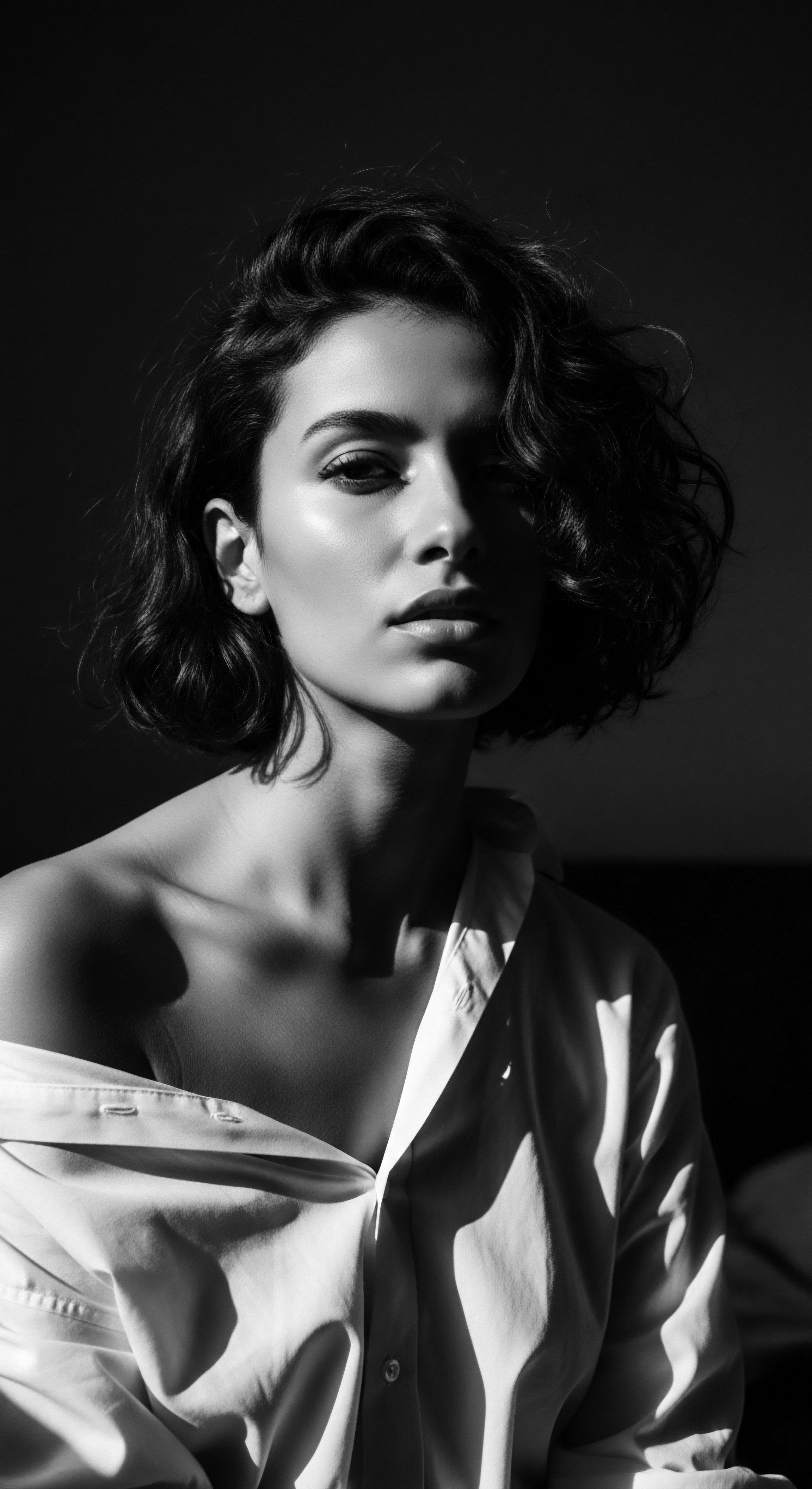
Intermediate
Moving beyond the foundational understanding, the intermediate meaning of Textured Hair Strength speaks to its continuity across time, highlighting how heritage practices have been meticulously passed down and thoughtfully adapted. This involves a deeper exploration of the hair’s inherent qualities—its elasticity, its unique porosity, and its response to different environmental conditions—all viewed through the lens of traditional wisdom and evolving communal care. The strength of textured hair, in this context, is not a static attribute but a dynamic interplay between its biological makeup and the living traditions that have sustained it.
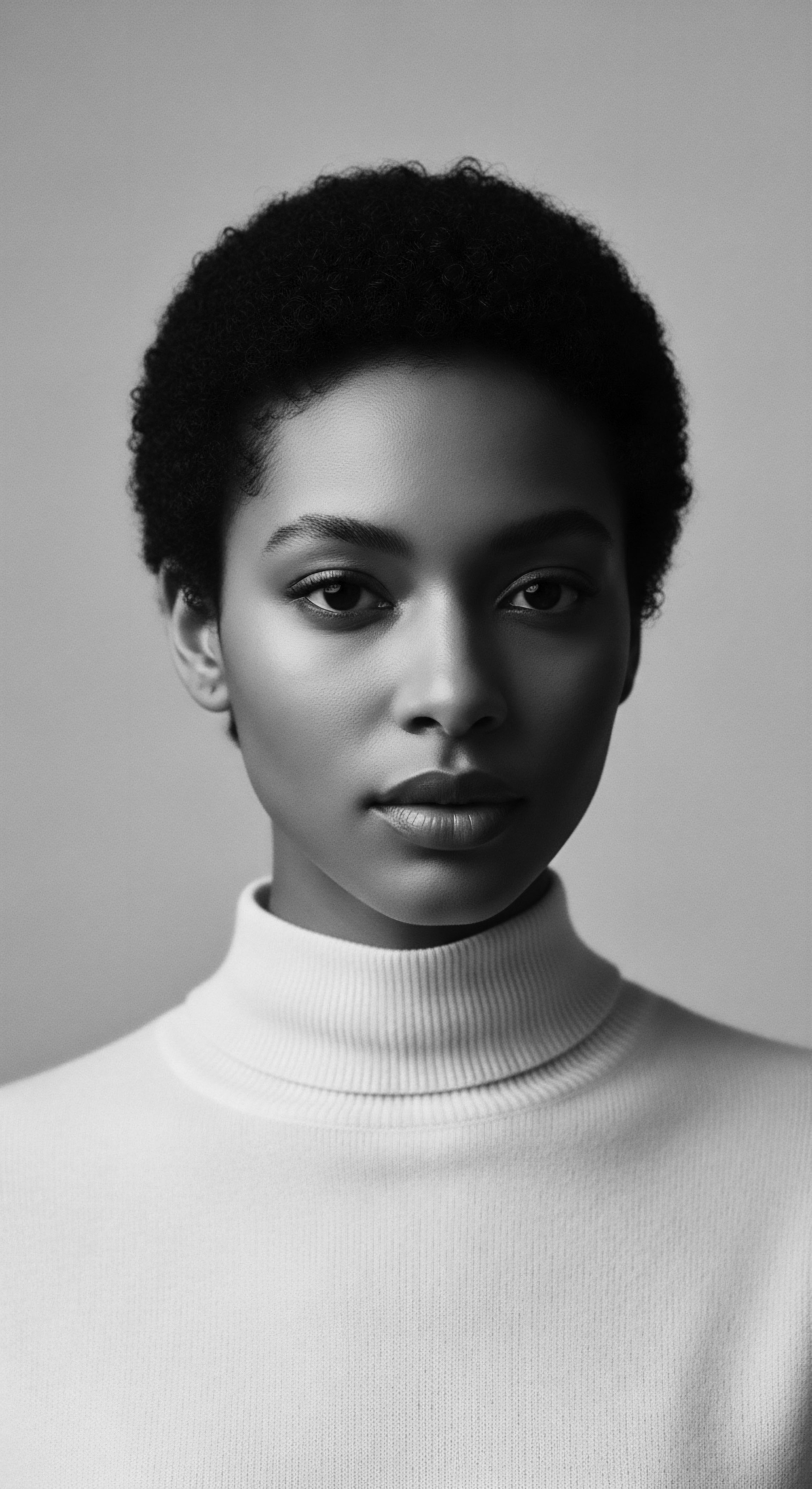
The Tender Thread of Tradition ❉ Rituals and Their Significance
The tender thread of tradition binds generations, carrying forward the rituals and practices that define textured hair care. These are not simply routines; they are acts of communal memory, each gesture imbued with cultural significance. From the shared experience of detangling under the shade of a tree to the careful application of handmade elixirs, these practices reinforced social bonds and preserved ancestral knowledge. The strength of the hair was a direct reflection of the dedication to these traditions, which fostered both physical robustness and a profound sense of cultural belonging.
Hair oiling ceremonies, for instance, were not merely for conditioning the hair; they were often rites of passage, celebrations of milestones, or acts of mourning. The communal aspect of these rituals meant that knowledge of hair care was collective, a shared resource that ensured the continuity of healthy hair practices. This collective wisdom contributed significantly to the perceived strength of textured hair, as generations learned how to best maintain its vitality.

Ingredients from the Earth ❉ Ancestral Botanicals
Ancestral botanicals, harvested from the earth, formed the cornerstone of traditional hair care. These natural ingredients were chosen for their specific properties, their efficacy honed through centuries of observation and practice. The wisdom of these communities understood that the hair’s strength was deeply connected to the nourishment it received from the natural world.
Consider the widespread use of certain plant extracts across various African and diasporic communities. For instance, the baobab tree , revered in many parts of Africa, provided oil from its seeds that was prized for its moisturizing and conditioning abilities. Its application contributed to the hair’s elasticity and prevented brittleness, thereby bolstering its resilience.
Similarly, aloe vera , found in many tropical and subtropical regions, offered soothing and hydrating properties, beneficial for both scalp health and hair shaft integrity. The knowledge of how to prepare and apply these ingredients was a vital part of preserving textured hair strength.
The preparation of these botanicals was often a meticulous process, involving grinding, pressing, or infusing, ensuring that their beneficial compounds were fully extracted. This dedication to process speaks volumes about the value placed on hair health and its direct link to the perceived strength and beauty of the individual and community. The efficacy of these ancestral ingredients often finds validation in contemporary scientific understanding of their chemical compositions.
| Traditional Ingredient (Region) Shea Butter (West Africa) |
| Ancestral Application for Hair Strength Melted and massaged into hair and scalp to moisturize, seal, and protect from dryness and breakage. |
| Contemporary Understanding / Benefit Rich in fatty acids and vitamins A and E, providing deep conditioning, reducing moisture loss, and improving elasticity. |
| Traditional Ingredient (Region) Coconut Oil (Coastal Africa, Caribbean) |
| Ancestral Application for Hair Strength Applied as a pre-shampoo treatment or leave-in to reduce protein loss during washing and add sheen. |
| Contemporary Understanding / Benefit Its molecular structure allows it to penetrate the hair shaft, minimizing protein depletion and providing internal strengthening. |
| Traditional Ingredient (Region) Chebe Powder (Chad) |
| Ancestral Application for Hair Strength Mixed with oils and applied to hair in a paste, then braided, to reduce breakage and promote length retention. |
| Contemporary Understanding / Benefit Believed to fortify the hair shaft, making it less prone to mechanical damage and thus aiding in length preservation. |
| Traditional Ingredient (Region) Aloe Vera (Various Tropical Regions) |
| Ancestral Application for Hair Strength Fresh gel applied to soothe the scalp, cleanse, and provide hydration to strands. |
| Contemporary Understanding / Benefit Contains enzymes that promote healthy cell growth, amino acids, and vitamins that condition and strengthen hair. |
| Traditional Ingredient (Region) Rhassoul Clay (North Africa) |
| Ancestral Application for Hair Strength Used as a gentle cleansing and conditioning mask, drawing out impurities while leaving hair soft. |
| Contemporary Understanding / Benefit Rich in minerals like silica and magnesium, it cleanses without stripping natural oils, contributing to hair's natural balance and strength. |
| Traditional Ingredient (Region) These ancestral ingredients demonstrate a deep, inherited wisdom regarding the natural elements that sustain textured hair's resilience. |

Community and Continuity ❉ Preserving Hair Health
The communal aspect of hair care served as a powerful mechanism for the continuity of knowledge. Hair practices were not solitary acts but shared experiences, fostering a sense of collective identity and mutual support. This shared experience ensured that techniques for maintaining Textured Hair Strength were not lost but adapted and refined through dialogue and observation.
From the braiding circles in pre-colonial African villages to the salon culture that later developed in diasporic communities, these spaces served as vital hubs for transmitting knowledge about hair health. Elders instructed younger generations, sharing the nuances of specific styling methods, the proper way to cleanse the scalp, and the benefits of particular plant-based remedies. This intergenerational exchange solidified the understanding of hair strength as a communal asset, something to be collectively safeguarded.
The communal spirit surrounding hair care practices served as a vital repository of ancestral knowledge, ensuring the enduring vitality of textured hair traditions.
The very act of styling another’s hair became a form of storytelling, a silent language conveying history, identity, and the enduring power of a people. This shared heritage, rooted in the practical application of care, continually reinforced the intrinsic strength of textured hair as a symbol of cultural fortitude and perseverance. The continuity of these practices, even in the face of adversity, speaks to their profound significance.
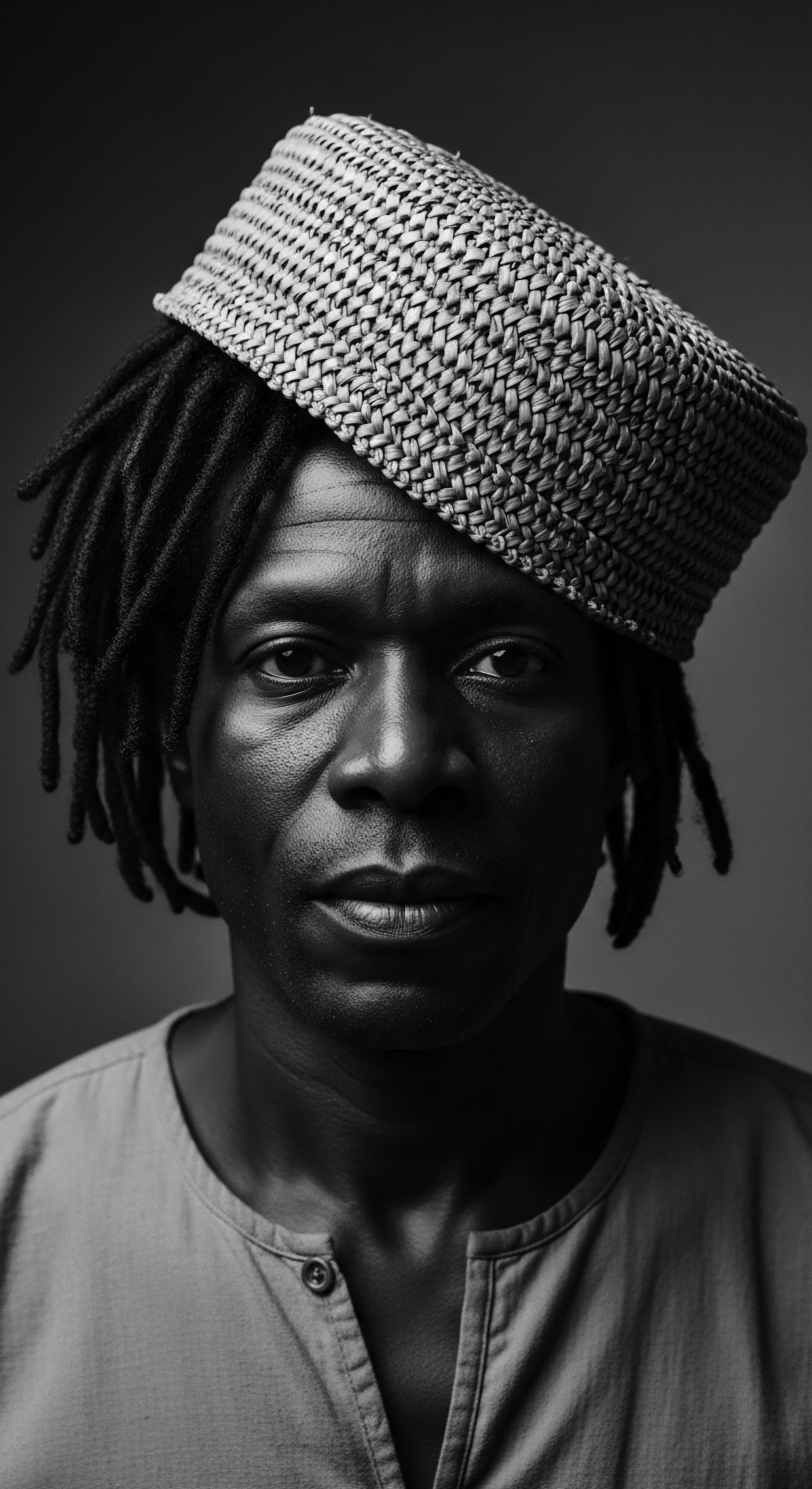
Academic
The academic understanding of Textured Hair Strength delves into a sophisticated intersection of biological science, historical anthropology, and socio-cultural studies, providing a compound explication of its meaning and enduring significance. This perspective moves beyond surface-level observations, seeking to delineate the precise mechanisms that confer strength upon coiled and kinky hair structures, while simultaneously anchoring these scientific insights within the rich context of Black and mixed-race hair heritage. The term itself becomes a statement, encompassing both the inherent physical robustness and the profound cultural resilience that hair has symbolized through centuries of lived experience.
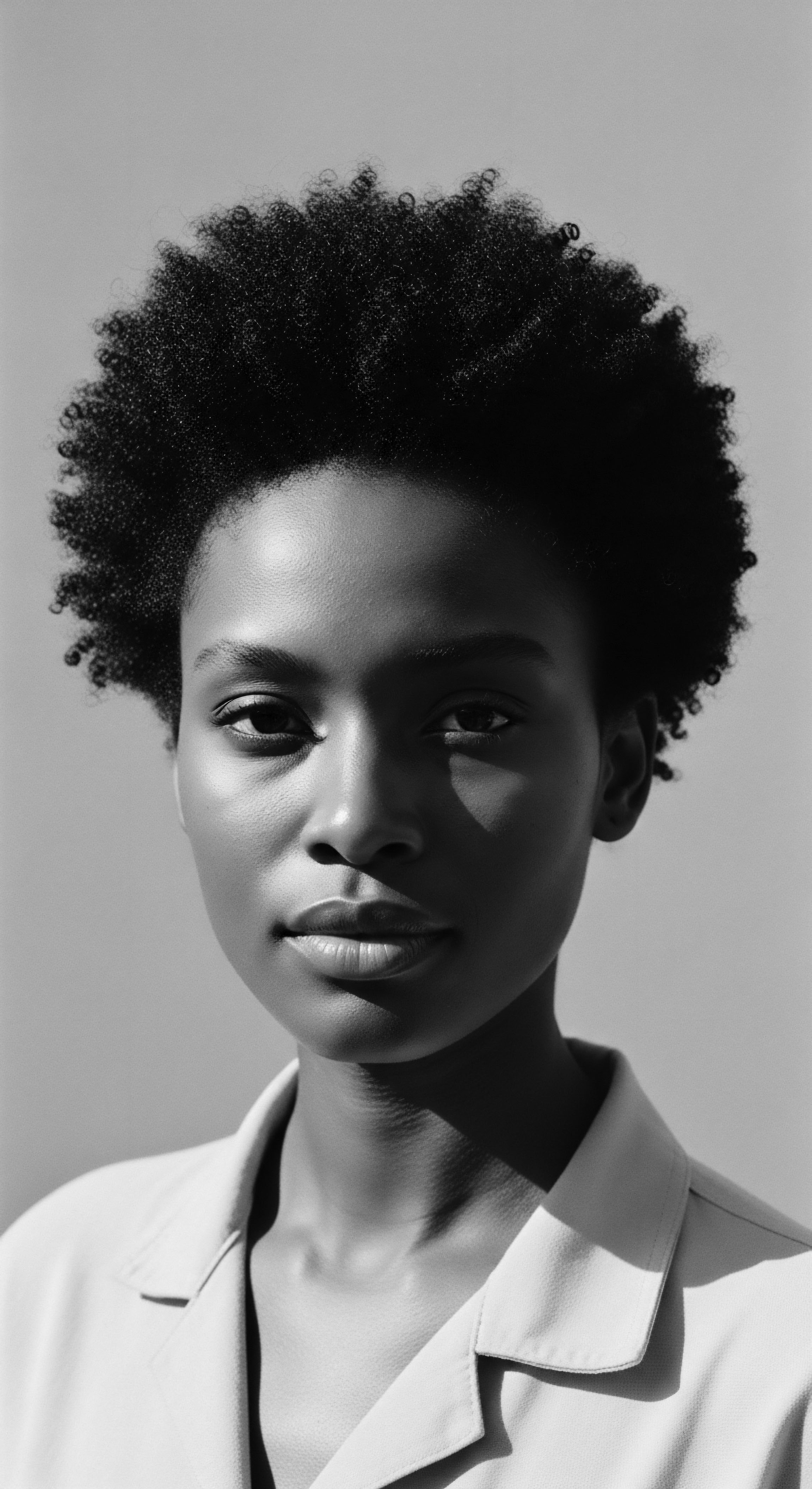
The Helix Unbound ❉ Microscopic Anatomy and Macroscopic Implications
From a biological standpoint, the strength of textured hair is intricately linked to its unique morphology. Unlike straight hair, which presents a relatively uniform, circular cross-section, textured hair exhibits an elliptical or even flat cross-section, with variations along its length. This non-uniformity, combined with the presence of multiple twists and bends (or helices) along the hair shaft, dictates its mechanical properties. The points where the hair shaft bends are areas of inherent structural variation, yet they also contribute to the hair’s overall capacity to resist external forces.
Research in trichology and material science reveals that the cuticle layers, which are the outermost protective scales of the hair, are more open or lifted at the curves of a coiled strand. This characteristic, while sometimes leading to increased porosity and moisture loss, also allows for greater flexibility and absorption of conditioning agents. The arrangement of keratin proteins within the cortex of textured hair is also distinct, providing a natural spring-like quality.
This coiled structure, far from being fragile, distributes stress along its length, granting it a particular kind of durability against pulling and stretching forces that might snap a straight strand. The elucidation of these microscopic attributes provides a scientific foundation for understanding the macroscopic resilience observed in textured hair.
- Cortical Configuration ❉ The inner cortex of textured hair possesses a unique arrangement of keratin bundles, often forming a more irregular and elliptical shape. This internal architecture contributes to the hair’s inherent elasticity and its capacity to recoil after stretching.
- Cuticular Integrity ❉ While textured hair cuticles may appear more raised at curve points, proper care can ensure these scales remain aligned, protecting the delicate inner cortex. This protective layer is the hair’s primary defense against environmental damage and mechanical stress.
- Moisture Balance ❉ The natural tendency of textured hair to lose moisture more readily necessitates a consistent regimen of hydration. Adequate moisture is crucial for maintaining the hair’s pliability, preventing it from becoming brittle and prone to breakage.
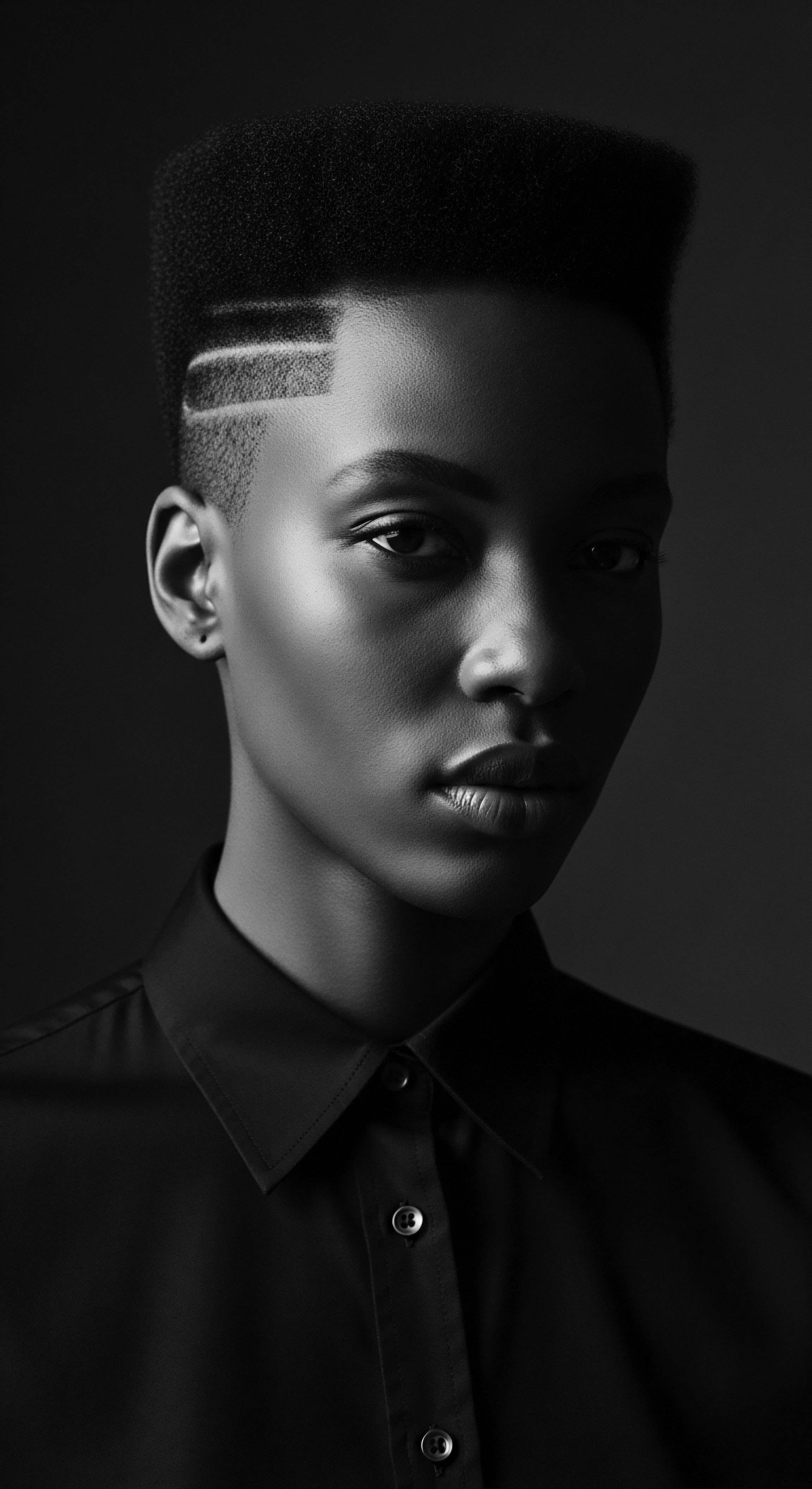
Sociocultural Fortitude ❉ Hair as a Symbol of Collective Perseverance
Beyond its physical properties, Textured Hair Strength holds immense sociocultural significance, serving as a powerful symbol of collective perseverance and identity within Black and mixed-race communities. Historically, hair has been a canvas for expression, a marker of status, and, critically, a silent language of resistance. The very act of maintaining and adorning textured hair, especially in the face of oppressive beauty standards, became an act of profound self-affirmation.
During the transatlantic slave trade and subsequent periods of enslavement, hair became a contested site. Enslaved Africans, stripped of their names, languages, and cultures, often clung to hair practices as a vital connection to their heritage and a means of preserving identity. The ability to manipulate and style hair, even under duress, represented a form of agency.
Hair, in its enduring strength, served as a profound medium for cultural preservation and resistance, a testament to the human spirit’s unwavering will to survive and communicate.
A poignant historical example of this sociocultural fortitude is the practice among enslaved women in Colombia who braided intricate patterns into their hair, which sometimes served as maps to freedom or concealed seeds for planting in new settlements (Byrd & Tharps, 2001, p. 25). This practice, a subtle yet powerful act of defiance, showcases the hair’s role not just as a biological structure but as a vessel for survival, knowledge, and resistance. The strength here is not merely the tensile strength of the hair strands to hold the braids, but the immense human spirit and ingenuity that transformed a personal adornment into a tool for liberation.
This narrative highlights how the physical attributes of textured hair—its ability to hold intricate styles—were leveraged for strategic purposes, making it a living archive of resilience and hope. The significance of this practice extends far beyond its immediate utility; it speaks to the enduring legacy of resourcefulness and coded communication embedded within Black hair traditions.
The post-slavery era and the Civil Rights Movement further solidified hair’s role as a symbol of Black pride and strength. The Afro, in particular, became a political statement, celebrating natural texture and rejecting Eurocentric beauty norms that had long dictated what was considered “acceptable” hair. This movement affirmed the inherent beauty and strength of textured hair, reclaiming its place as a crown of heritage.

The Intergenerational Wisdom Validated ❉ Bridging Ancient and Contemporary Understanding
The interplay between ancestral wisdom and contemporary scientific understanding offers a compelling narrative of validation for Textured Hair Strength. Many traditional practices, once dismissed as mere folklore, are now scientifically affirmed for their efficacy. This convergence underscores the deep, intuitive knowledge held by generations of caregivers.
For instance, the widespread ancestral practice of protective styling, such as braiding and twisting, reduces mechanical stress on the hair by minimizing daily manipulation. Modern trichology confirms that excessive brushing, combing, and styling can lead to cumulative damage, particularly for textured hair, which is more prone to tangling due to its coil pattern. Similarly, the use of natural oils and butters for sealing moisture, a cornerstone of traditional care, is now understood to be critical for preventing hygral fatigue (the swelling and shrinking of hair as it absorbs and loses water), which can compromise hair integrity.
The advanced definition of Textured Hair Strength, therefore, is not limited to its breaking point or elasticity in a laboratory setting. It encompasses its profound cultural denotation as a symbol of identity, its historical connotation as a marker of resistance, and its biological explication as a uniquely adapted structure. Understanding this composite meaning allows for a more holistic and respectful approach to textured hair care, one that honors its ancient roots while embracing modern advancements.
The long-term success of textured hair care, whether for individuals or for communities, is deeply intertwined with recognizing and celebrating this multifaceted strength, allowing for a future where heritage and scientific insight walk hand in hand. This advanced perspective allows for a nuanced appreciation of how ancestral practices laid the groundwork for contemporary understandings of hair health, ensuring that the essence of Textured Hair Strength remains rooted in its rich past.

Reflection on the Heritage of Textured Hair Strength
The journey through the meaning of Textured Hair Strength reveals more than a mere biological attribute; it uncovers a profound meditation on heritage itself. From the very first breath of a strand, imbued with the ancient wisdom of its coil, to its contemporary expression as a banner of identity, textured hair carries stories. It is a living archive, each twist and turn holding echoes of ancestral hands, whispered secrets of care, and the silent fortitude of generations who understood its inherent power. The strength of textured hair is not simply about its ability to withstand; it is about its capacity to remember, to connect, and to thrive against all odds, a testament to the unbroken spirit of a people.
This strength, deeply rooted in the soil of tradition, continues to guide our understanding and care. It reminds us that wellness for textured hair is never divorced from its history, from the communal practices that fostered its health, or from the cultural meanings that give it purpose. Each intentional act of care, whether applying a time-honored botanical oil or gently detangling a coil, becomes a dialogue with the past, a reaffirmation of a vibrant legacy. The enduring vitality of textured hair is a testament to the wisdom passed down, a continuous affirmation of its profound place in our collective narrative.
The path ahead, then, involves a deeper listening to these ancestral echoes, allowing them to inform our scientific inquiries and our personal routines. The Soul of a Strand beats with this rhythm of remembrance and resilience, inviting us to celebrate the inherent strength of textured hair not just as a biological wonder, but as a sacred vessel of heritage, continuously shaping our identities and voices for generations to come. This understanding is an invitation to walk with reverence, recognizing that the hair upon our heads is a direct link to the enduring power of those who came before us, a constant source of inspiration and connection.
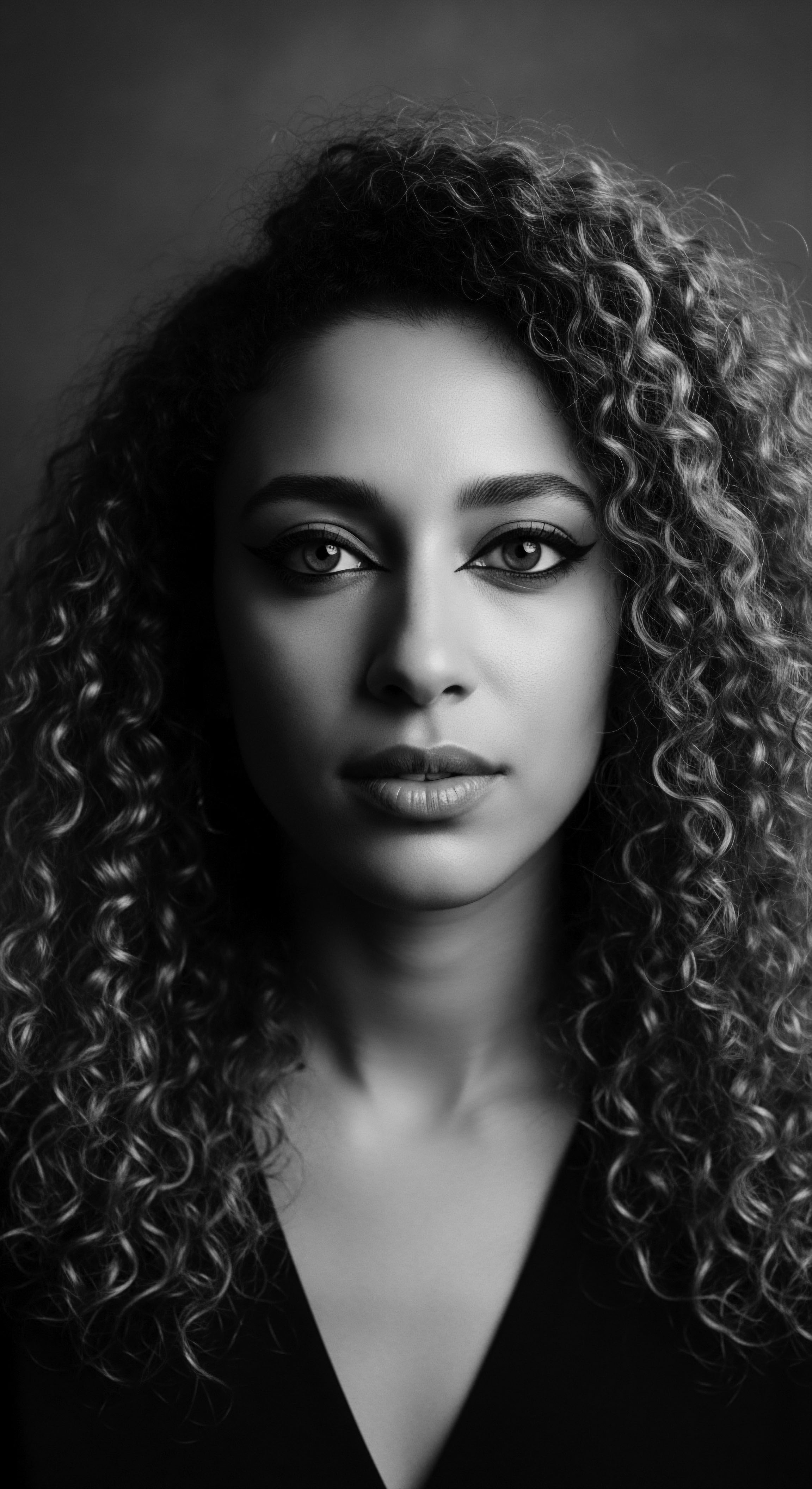
References
- Byrd, A. L. & Tharps, L. (2001). Hair Story ❉ Untangling the Roots of Black Hair in America. St. Martin’s Press.
- Davis-Sivasothy, A. (2011). The Science of Black Hair ❉ A Comprehensive Guide to Textured Hair Care. Saja Publishing Company, LLC.
- Giddings, P. J. (1984). When and Where I Enter ❉ The Impact of Black Women on Race and Sex in America. William Morrow and Company.
- Gates Jr. H. L. (1988). The Signifying Monkey ❉ A Theory of African-American Literary Criticism. Oxford University Press.
- hooks, b. (1992). Black Looks ❉ Race and Representation. South End Press.
- Mercer, K. (1994). Welcome to the Jungle ❉ New Positions in Black Cultural Studies. Routledge.
- Patton, T. O. (2006). African American Hair ❉ Culture, Politics, and Aesthetics. Routledge.
- Sherrow, V. (2006). Encyclopedia of Hair ❉ A Cultural History. Greenwood Press.
- Wilkerson, I. (2010). The Warmth of Other Suns ❉ The Epic Story of America’s Great Migration. Random House.
